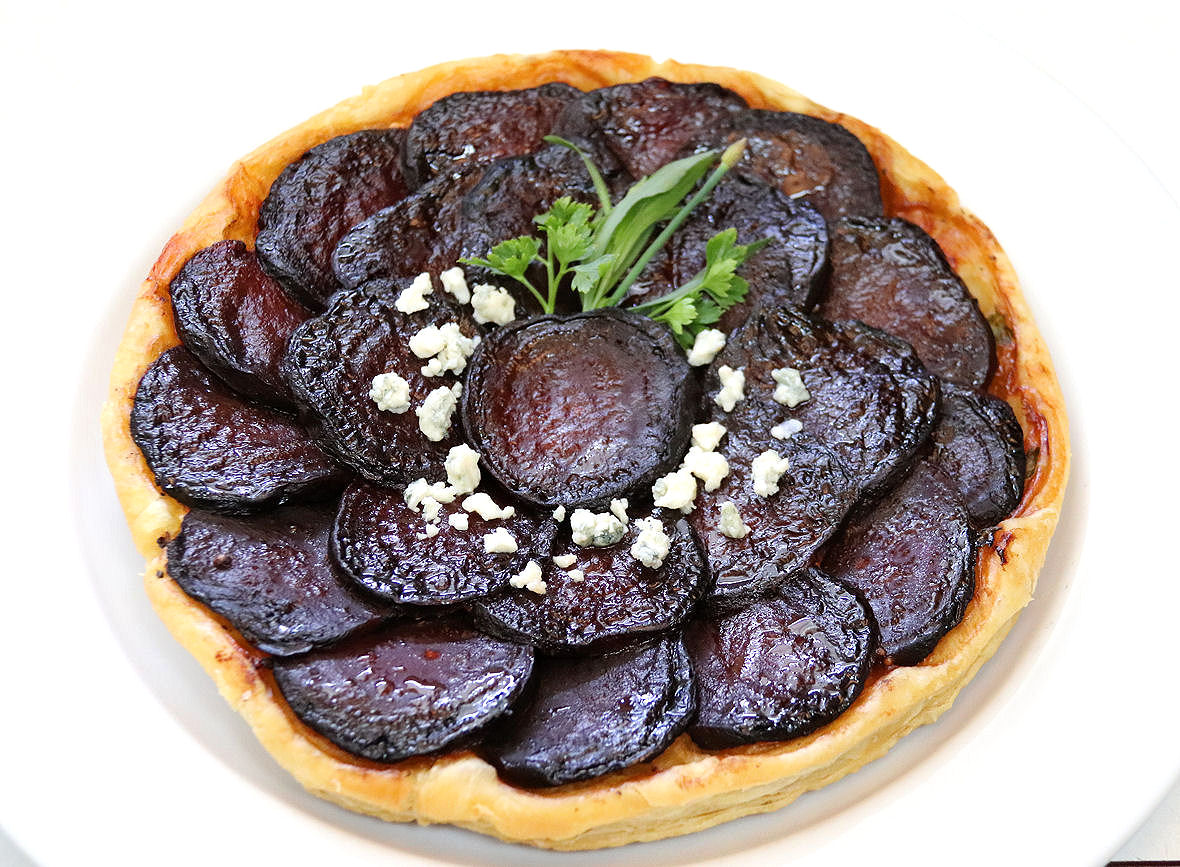
Tarragon, Artemisia dracunculus, is referred to as “little dragon” because of its serpentine root system and branched stems which are long and curvy. This perennial plant becomes dormant in winter and is one of the first herbs to reappear in early Spring. Originated in Asia, it was cultivated by ancient Egyptians.
Tarragon is the herb favored in Senese cooking, unusual in Italy since it is often thought of as a French flavoring and is used in the classic French fines herbes mixture of tarragon, chervil, chives and parsley. Yet it was Catherine Benincasa (1347-1380 A.D.) canonized by Pope Pius II and declared Patroness Saint of Italy in 1939 by Pope Pius XII, who introduced tarragon to France. You can visit the serene cloister with her house, her birthplace, in Siena’s Medieval Historic Center.
Tradition: In early folklore, this herb was believed to cure venomous bites and stings because of its serpentine root and branch system – the belief in treating similarities. For centuries, Arab physicians recommended it for relieving flatulence and bad digestion. Ingesting it caused the patient to perspire, therefore cleansing the body.
Applications: It is a fine herb with wide range of attributes, ingested for giving vigor and relieving melancholy, and for assisting women with menstrual cycle problems. With carminative properties, it improves digestion.
Tarragon Essential Oil: With a high level of estragol, this essential oil can be effective as a massage oil applied to the skin for women's menstrual and menopause issue. Use under the direction of a homeopath.
Culinary Uses: Highly aromatic, tarragon is excellent with asparagus and peas, lettuce salads, eggs, chicken, rabbit and seafood especially halibut, bass, snapper and lobster. Immersing its branches in white wine vinegar for a few days makes a delightful vinegar. Finely chop and blend into sauces. With its pleasing flavor, it makes a good substitute for salt, so helpful for anyone needing to reduce salt intake. Next time you visit Siena, Tuscany, make sure to try the delicious braised chicken or rabbit with tarragon sauce.
* This synopsis imparts valuable information that could be beneficial as part of a wellness program. Its purpose is to open the thought process to consider including herbs and spices as natural supplements in personal regimens. Briefly stating how the plant was valued and used historically in different ages and cultures, it lists some current uses. If interested in this particular plant, please extend your research via books and articles for more details and uses.
With increasing interest for including alternative therapies with standard drug therapy, research continues, so this topic evolves continuously. Please consult your wholistic and holistic practitioners, homeopaths, nutritionists, dentists, and physicians to keep yourself updated if you choose to incorporate or ingest the plant in any form for medical purposes.











